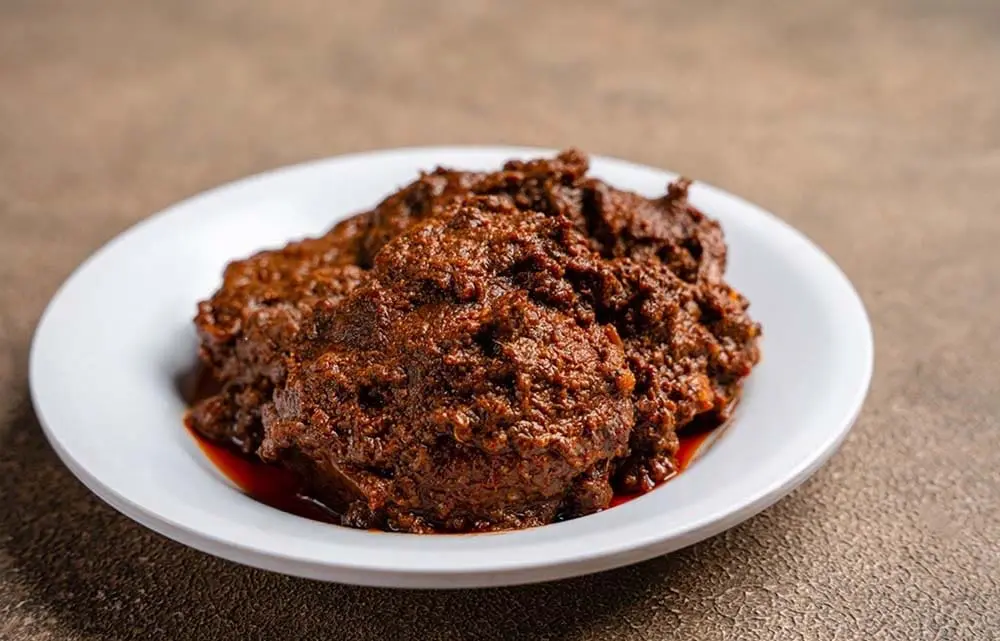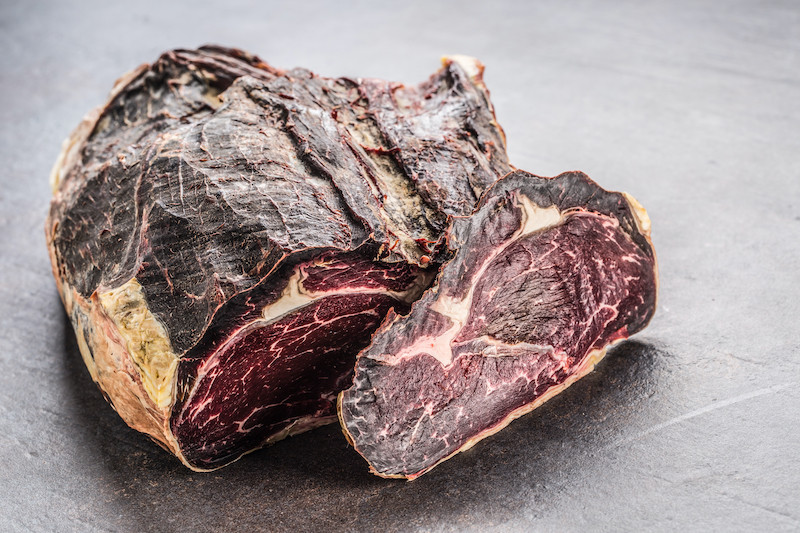Rendang, a traditional dish from West Sumatra, Indonesia, is globally celebrated for its rich flavor and cultural significance. This slow-cooked beef dish, infused with coconut milk and a blend of local spices like lemongrass, galangal, garlic, turmeric, and chili, represents the depth of Minangkabau culinary tradition. What sets Rendang apart is its lengthy cooking process, which can take several hours, allowing the flavors to develop while preserving the meat—originally created as a method of food preservation in tropical climates.
Recognized by CNN as one of the world’s most delicious foods, Rendang is more than a dish—it’s a symbol of heritage, patience, and hospitality. It is traditionally served during special occasions such as weddings, religious festivals, and family gatherings. Culinary experts and food historians often highlight Rendang’s complexity and balance, making it a standout representation of Indonesian cuisine. The use of fresh, natural ingredients also aligns with the global trend toward traditional, authentic food experiences.
From local homes to international kitchens, Rendang continues to earn its reputation thanks to its deep flavors and cultural story. This article is built on expert culinary insights, cultural context, and historical background, making it a reliable source for understanding Rendang’s role in Indonesian culture and global gastronomy.











